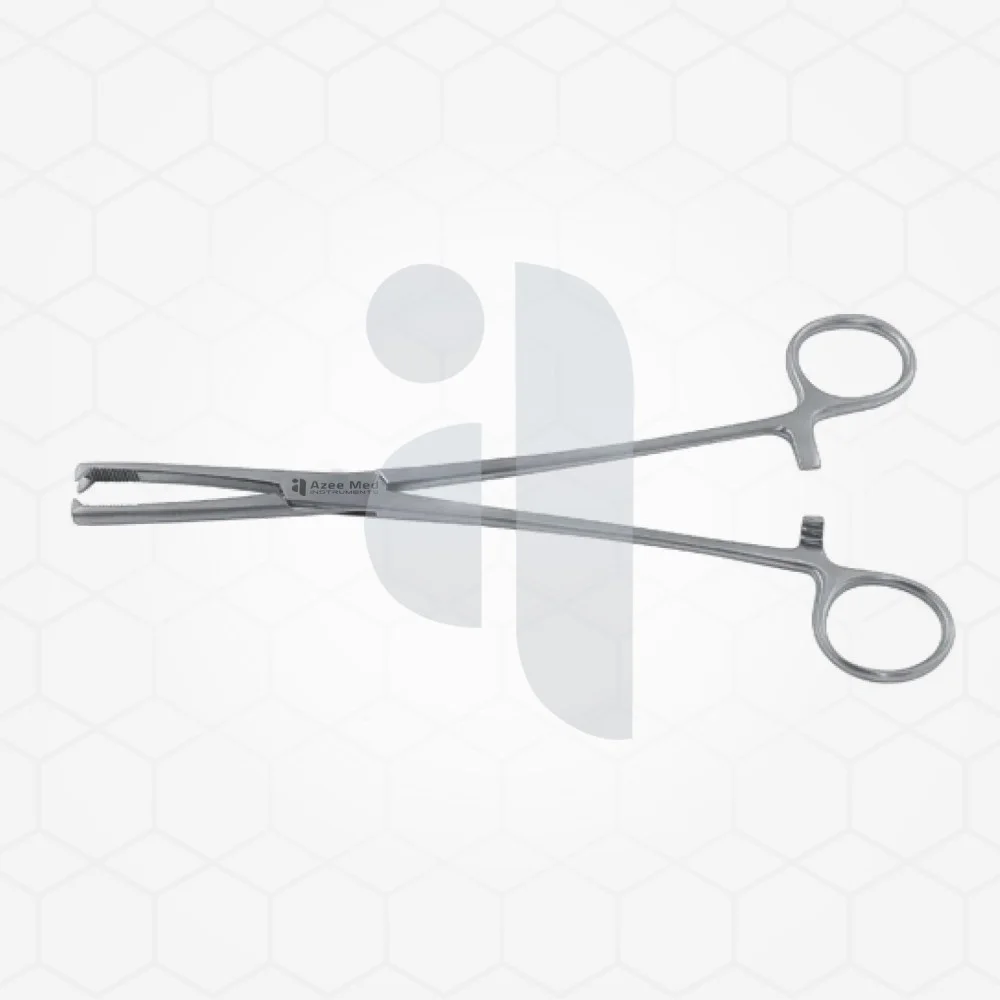Surgical instruments are essential to the success of every medical procedure, and each tool has a role that cannot be understated. Among these, the tenaculum stands out as a remarkable instrument used widely in various surgical disciplines. Whether in gynaecological procedures or vascular surgeries, the tenaculum plays a pivotal role in ensuring precision and accuracy.

Understanding the Purpose of the Tenaculum
The tenaculum is a surgical instrument primarily designed for grasping and holding tissues. Its distinctive structure features a slender handle and a hook or sharp-pointed end, tailored for specific medical functions. One of its most common uses is in gynaecological procedures, where it aids in securing the cervix during examinations or surgeries. The hooks of the tenaculum, often sharp or curved, allow surgeons to manipulate tissue without causing unnecessary damage.
More than just a tool for grip, the tenaculum ensures controlled manoeuvrability during intricate procedures. This is critical in delicate anatomical areas where precision can make the difference between success and complications. By providing surgeons with stability and control over targeted tissue, the tenaculum contributes to safer, more effective surgical outcomes.
Types of Tenaculums and Their Applications
The tenaculum isn’t a one-size-fits-all tool. Medical forcepts types have been developed to accommodate the intricate requirements of different medical fields. Understanding these variations sheds light on its versatility in both general and specialised practices.
One of the most commonly used is the single-tooth tenaculum, distinguished by its sharp, single-point grip. This version is highly effective in procedures involving surface-level tissue, such as cervical biopsies. On the other hand, the double-tooth tenaculum has two pointed tips for a firmer grip, ideal for more complex manoeuvres, such as lifting tissue or organs for examination.
Multi-pronged tenaculums, equipped with multiple hooks, are often employed during surgeries requiring the manipulation of broader areas of tissue. Within gynaecology, tenaculums play a significant role during intrauterine device (IUD) insertions or hysteroscopies, while in vascular surgeries, gently pulling and holding blood vessels is a key application.
How the Tenaculum Is Used in Surgeries
The tenaculum is pivotal in creating a controlled environment for surgical interventions. Its applications vary widely across medical fields, reflecting its adaptability. The instrument’s unique construction, combining a slender shaft and pointed hooks, makes it indispensable for gripping tissues that are otherwise challenging to control.
For instance, in gynaecological procedures, the tenaculum stabilises the cervix to allow access to the uterus. During a colposcopy, it holds the cervix steady for closer inspection of abnormalities. Additionally, its role during IUD insertion is unparalleled; the tenaculum gently aligns the cervix, easing the placement of the device with minimal discomfort to the patient.
Beyond gynaecology, the tenaculum finds application in vascular surgeries. Its ability to securely grip slender blood vessels ensures surgeons can manoeuvre these delicate structures without causing rupture or damage. Such applications demand extreme precision, and the tenaculum delivers the unwavering control required for these procedures.
Similarly, in plastic or reconstructive surgeries, the instrument plays a pivotal role in manipulating skin and soft tissues. The versatility of the tenaculum across these diverse areas of surgery highlights its universal value in modern medical practices.
Why the Tenaculum Is Vital in Medical Procedures
The importance of the tenaculum in surgical settings cannot be overstated. First and foremost, it enables a level of precision critical for life-altering procedures. By granting surgeons control over tissues, even in tightly confined or difficult-to-reach areas, the tenaculum minimises the risk of errors.
Patient safety is another significant aspect where the tenaculum proves its worth. Its design prioritises the protection of surrounding tissues while firmly holding the targeted area. This ensures minimal collateral trauma during procedures, which is key to safer surgeries and quicker patient recovery. Furthermore, its functionality aids in reducing surgical time, as its effectiveness eliminates the need for complex manipulations.
A Staple Instrument for Surgical Excellence
The tenaculum exemplifies how surgical instruments can shape the outcomes of medical procedures. From its purpose in handling delicate tissue to its varied applications across different specialities, the tenaculum is vital in reducing risk and enhancing precision. Its ability to adapt to different surgical demands underscores its importance in evolving medical practices.




.jpg)
Comments